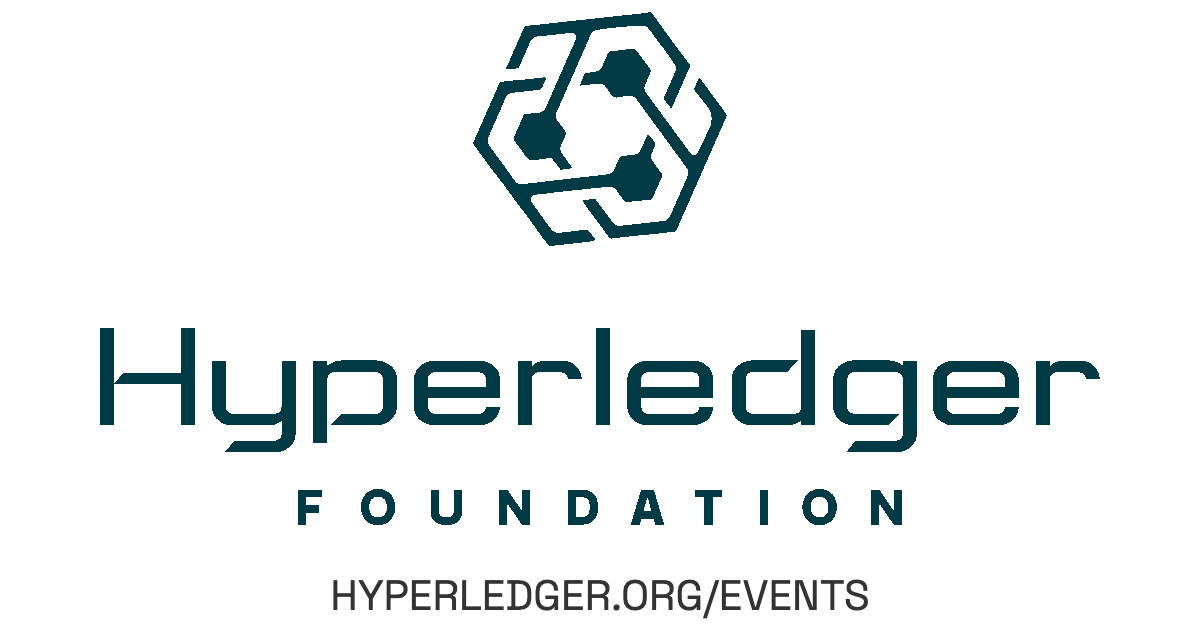
The hyperledger DLT landscape guide was authored by its original creator Csilla Zsigri.
Introduction
This is a living segmentation of the evolving blockchain, and distributed ledger technology (DLT) space, more broadly. Its creation was inspired by the growing complexity of this emerging market, and in particular, all the innovation happening outside the core DLT development area.
This landscape both reflects and deciphers the complexity of today's vendor landscape. It includes all the Hyperledger Foundation projects - graduated and incubating - and places them in the broader market context.
If you would like to add an entry, please follow the instructions here.
Landscape Layers
These layers are crucial to our understanding of the relationships between the various components that make up a particular multiparty application or service.
The computing infrastructure layer at the bottom of the landscape includes service providers from the datacenter and cloud worlds, and vendors of container and virtualization technologies, as well as serverless computing.
The distributed ledger layer includes blockchains and other types of distributed ledgers that are available today. We differentiate between permissioned, permissionless, and hybrid distributed ledgers. Since the launch of the Bitcoin blockchain over a decade ago, a number of protocols have emerged catering to enterprise-focused use cases and a variety of application areas. Organizations continue to use a variety of distributed ledgers, and make decisions based on use-case requirements, existing technical skills, and vendor relationships.
With distributed ledgers hardly living in isolation, and the myriad of application areas where technology combos can provide powerful value propositions, we believe that technology intersections, whether AI, IoT or other, are critical for DLT adoption, and that is what the technology intersections layer represents in the landscape.
As we are currently living in a multi-ledger world, and not forgetting about the variety of IT systems that organizations use, interoperability in the DLT space is critical to allow people, organizations, and machines to transact smoothly and seamlessly. This layer includes projects and offerings focused on interoperability among different ledgers as well as with other systems.
Smart contracts, digital tokens, and wallets - included in this layer - also play an important role in the DLT landscape. Smart contracts have become known to the world as transaction protocols running on a distributed ledger, embodying the self-enforcing business logic of a multiparty application. Smart contracts formalize and automate the relationships between individuals, organizations, and machines that participate in a network. Digital tokens can improve the accessibility, efficiency, liquidity and transparency of existing asset markets, whether that's money, commodities, diamonds, or a piece of art. Digital wallets are software applications that store and manage assets - e.g. money, identity data, academic and professional credentials, medical records - and allow people and organizations to easily and instantly transact.
This is a layer dedicated to application development tools and platforms, analytics and monitoring tools, as well as business application integrations. It includes projects and offerings that are meant to make developers' lives easier, and improve the usability of distributed ledgers and associated technologies.
This layer at the top of the landscape mirrors the availability of a wide range of industry-specific implementations, ranging from business networks that enable the traceability of specific assets, as well as decentralized marketplaces for trading data, and other assets like in-game collectibles.
Landscape Pillars
These pillars are crucial when it comes to defining and delivering the landscape.
Overcoming shortages in IT skills and resources continues to be a key challenge associated with DLT, and platform vendors seek to address that, by freeing organizations from the pains involved with building and running blockchain networks and applications.
This vertical layer includes IT consulting firms and system integrators that provide enterprise blockchain/DLT services.
Standards organizations work to create uniformity across technology vendors, service providers, end-user organizations, consumers, government agencies, and other parties regarding terminology, specifications, protocols, best practices, and more. Standards accelerate the adoption and ensure long-term growth of technologies. In the area of distributed ledgers and associated technologies, progress has been made in terms of identifying and capturing data, interoperability between different ledgers, token frameworks, and decentralized identifiers, among other things.


